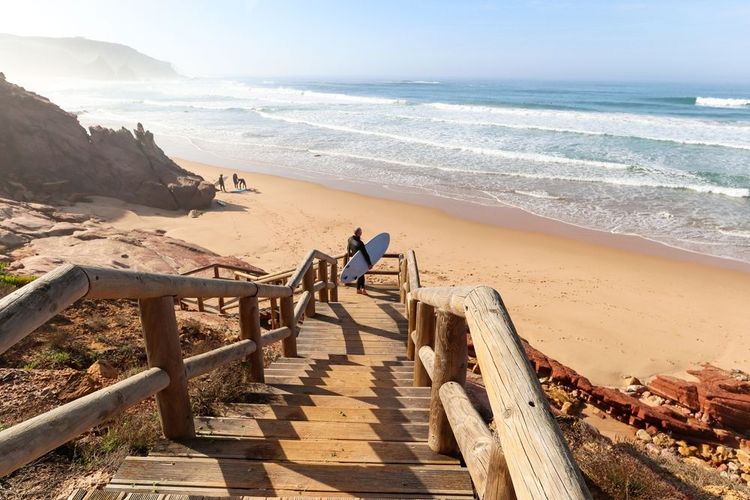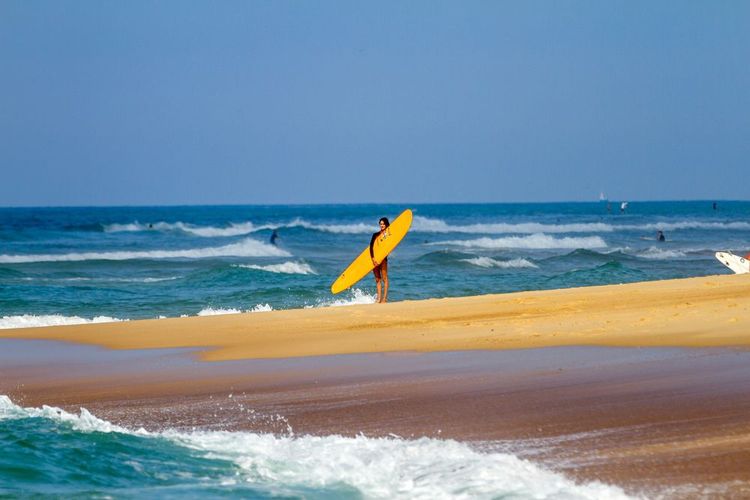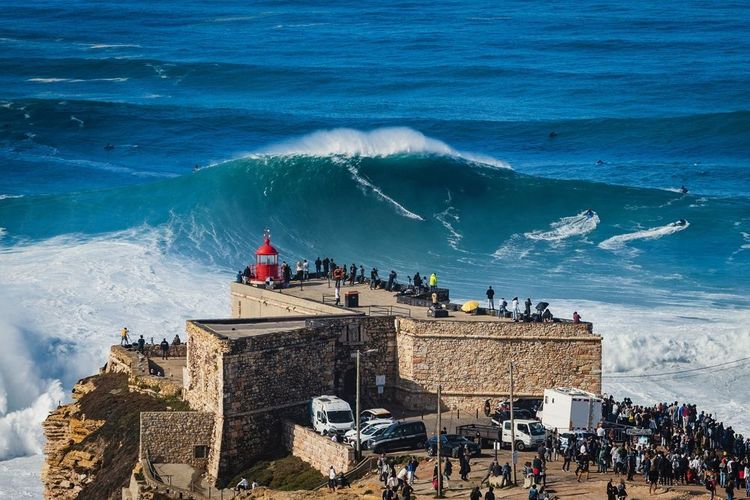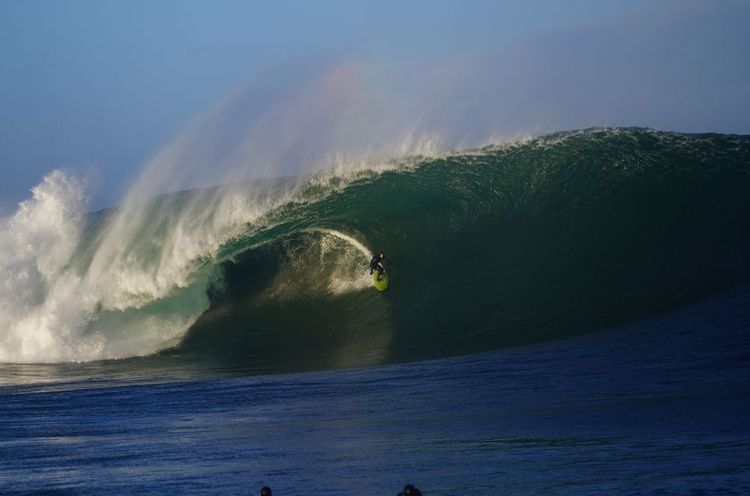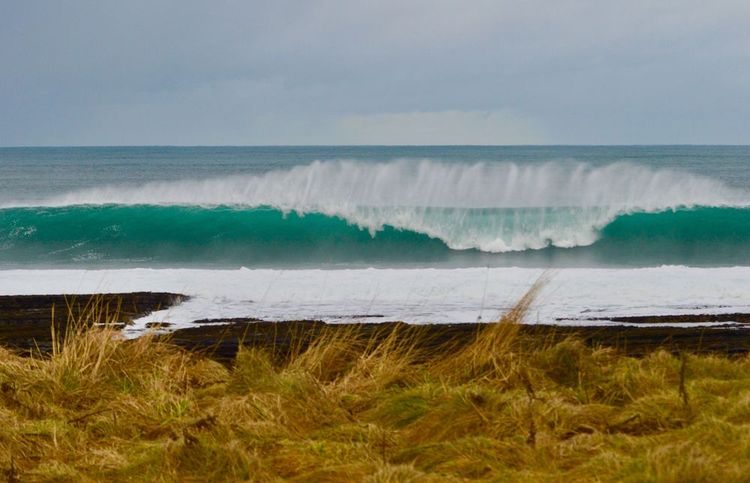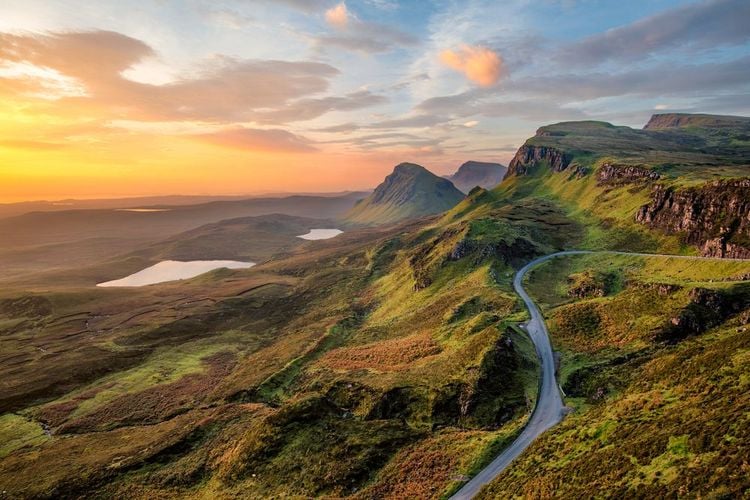Ready to embark on a French surfing experience? You may not know this, but the southwest coast of France is flooded with surfers all year round. Not only are the beaches breathtaking, but the Atlantic waves are prime for great surfing conditions. Amongst the whole strip, lies a surfing hub: Hossegor. It accommodates several large beaches, such as La Sud, La Nord, but those specifically dedicated to surfing are La Graviere, Les Culs Nuls, and La Centrale. There are also more experienced beaches a tad out of the way, called Les Estagnots in Seignosse - where pros gravitate to in order to get that extra edge.
When it comes to the best time of year to surf, May and June are known for exciting spring tides, when the water is warmer and, most importantly, still has good waves. However, the months most enjoyed by surfers are post-summer festivities, from September to October as this means that the water is still warm and when the waves start to pick up in size again - and no more tourists to crowd the waters! This is specifically when Hossegor hosts its annual World Surfing League Quik Pro France Competition in October. Past October, from November to April, the waters tend to get too rough - but hosts barrels which is a must-do every season for an average experienced surfer. So if you’re brave enough to stay on for this, we highly recommend you do!
